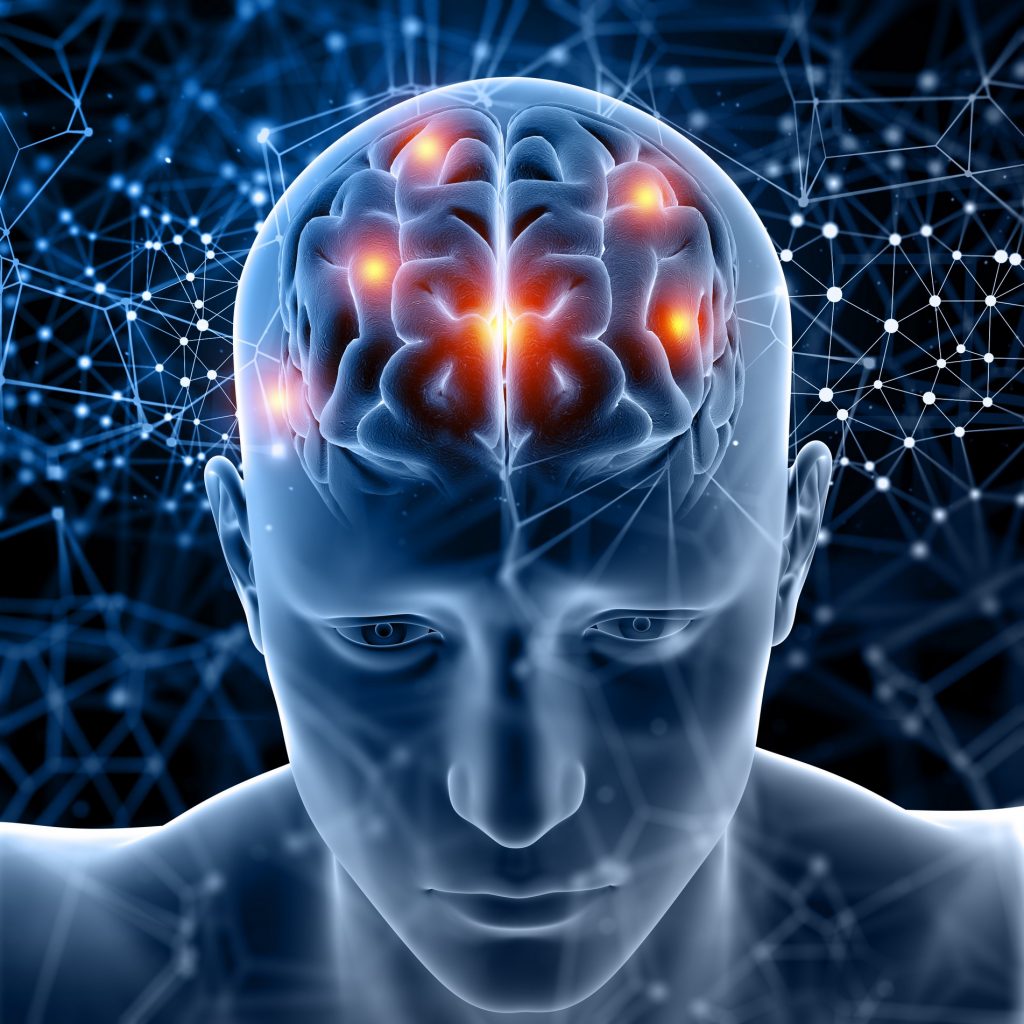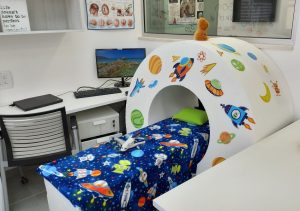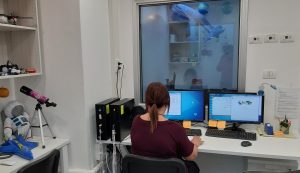Group leader: Tzipi Horowitz-Kraus, PhD
How do children acquire language? How do they learn how to read? Why are some children having difficulties reading or understanding language? Can we change brain activation?
In the Educational Neuroimaging Group, we try to tackle these questions using neuroimaging tools such as Magnetic Resonance Neuroimaging (functional, structural, connectivity), Electroencephalography, Eye trackers, and more.
Our ultimate goal is to characterize the involvement of neurobiological networks in one of the most complex human inventions: Reading. Reading is not an intuitive ability and in order to read, our brain recycles neural networks originally aimed for visual processing, listening, language processing and attention. We focus on children since the recruitment of these networks occurs during early brain development and is affected both by the environment (absence of the appropriate exposure to linguistic stimulation and literacy) and from the child’s genetic background.
In some cases, reading and language acquisition are impaired. In our work, we focus on the role of executive functions, a cluster of higher-order and basic cognitive abilities, in different groups of learners: children with typical and atypical language and reading development. We examine these processes in children with a variety of learning profiles: children with dyslexia, attention deficit disorders, neurological diseases (i.e. epilepsy) and more. Our goal is to pinpoint the similarities and differences between these conditions to tailor the most appropriate intervention/training for every child’s needs.
Our group members have a diverse background and specialties, including but not limited to image and signal processing, algorithm development, machine and deep learning methods and statistic tools to allow the processing of massive databases, to the linguistic, psychological and didactic aspects of brain development.
To find more, visit: https://neuroimaging-center.technion.ac.il/
Learning programs: MSc and PhD







